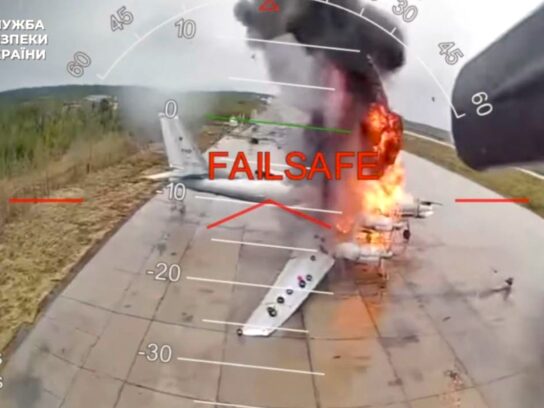
I recently walked the famous Camino de Santiago in northern Spain, and then met with my American buddy and best man at my wedding, who now lives in Kiev, Ukraine. He and his Ukrainian wife were taking a break from the war by visiting San Sebastian, Spain. So soon I will write about hiking the Camino, but first I need to honor the bravery of my friend, who is sticking it out in Ukraine, by this month describing new weapons and systems the Ukrainians are launching, and next month covering the Russian military casualties (which just passed the 1 million mark!) and the economic situation in Russia.
On February 28, 2025, President Trump famously berated President Zelenskyy of Ukraine, saying, “You’re not in a good position. You don’t have the cards [to win] right now.” Zelenskyy replied: “I’m not playing cards. I’m very serious, Mr. President.”
So what “cards” does Zelenskyy really have now, in the summer of 2025? Let’s find out.
Operation Spiderweb 2.0 and Beyond
Most informed Americans have likely heard of Ukraine’s Operation Spiderweb on June 1, 2025, in which four Russian air bases as far away as Siberia were attacked by swarms of Ukrainian drones launched from hidden compartments atop large trucks parked nearby. In just an hour these drones destroyed about 30% of Russia’s strategic bomber fleet, costing up to $7 billion USD. Most news outlets failed to describe how Ukrainian intelligence officers organized this amazing feat by starting a legitimate trucking firm in Russia, building it up over a year, then sending the drone-laden trucks with patsy local drivers to the target locations, while evacuating all the Ukrainian officers safely back home.
Few Americans have heard about the follow up “Operation Spiderweb 2.0,” in which a Russian armored train running near Melitopol in southern Ukraine, carrying 13 tanks and over 100 military vehicles, was destroyed on June 7 by swarms of drones that emerged from the tops of grain rail carriages in the target train. These drones first blew up and stopped the train engine, then systematically destroyed the vehicles and railcars. This achievement raises the prospect that similar drone attacks will decimate other airfields, factories and naval bases (and might be used by Russian or Iranian sleeper agents here in the US).
Underwater Drones
According to Defense Express, the Ukrainians have developed and are deploying a family of “Toloka” (“cooperative work effort”) underwater drones with three variants: TLK-150, with a 2.5 meter (8 foot) hull, range up to 100 kilometers (km; 62 miles), and payload of up to 50 kilograms (kg; 110 pounds) of explosives; TLK-400, 6 meter hull, range of 1200 km, payload of 500 kg; and the massive TLK-1000, up to 12 meter hull, range of 2000 km, and payload of up to 5000 kg. It may well have been a TLK-1000 which attacked the Kerch Bridge to Crimea on June 3.
These drones have an underwater torpedo-like body and only have a small camera and sensors above the surface, making them very hard to detect. Their design provides for a quiet standby mode of up to three months, 3D sonar scanner, hydrophone, video and thermal cameras, GPS, mapping software, mine detection, counter-jamming, inertial navigation, and an AI neural network.
These drones could easily attack the 15-odd Russian naval and supply vessels in the eastern Black Sea, Mediterranean, and the 53 vessels in the Russian Pacific Fleet based in Vladivostok, Siberia. Importantly, these 53 include 10 ballistic and guided missile submarines, a key part of the Russian nuclear triad.
Western media and specialist analysts have just now noticed the vulnerabilities of these “sitting duck” targets. I pointed this out and advocated such attacks in this column on April 25, 2022, over three years ago, using Q-ships (merchant vessels) armed with S-400 missiles hidden in shipping containers – but I like the TLK-1000s even better!
Drone Motherships and Counter-Drone Lasers
Ukrainian startup Strategy Force Solutions recently carried out its first autonomous attack with a “mothership” attack drone carrying two “baby” FPV (first person view) drones, according to Forbes magazine. The GOGOL-M mothership can fly for up to 10 hours and has an astounding range of 300 km, thus far beyond the usual 20-50+ km range of normal FPV drones. The two FPV baby drones are armed with enough explosives to successfully attack vehicles, tanks, supply depots and command bunkers, and can even set down and wait in ambush for landing Russian airplanes. This operational mothership is well ahead of the US DoD Defense Innovation Unit’s similar drone, which is not yet flying.
Ukraine has recently deployed the “Tryzub” (“Trident”) laser weapon system which can destroy strike drones, guided bombs, cruise and ballistic missiles at ranges up to 3 km, and blind optical systems on drones, missiles, helicopters and manned aircraft up to 10 km.
Japanese Intelligence
The Ukrainian intelligence service is getting access to a classified Japanese satellite system which provides Synthetic Aperture Radar (SAR) microwave data. The microwave radar pulses, shot from 600 kilometers overhead in low Earth orbit, can penetrate snow, fog and clouds in daytime or at night, identify heat sources such as tank engines, spot camouflaged vehicles and troop movements, and have a resolution of 46 centimeters. These Japanese data have never before been shared with a foreign country. This system will supplement the similar Finnish ICEYE, German SAR-Lupe and Italian COSMO systems, which are already assisting Ukrainian intelligence.
Swedish Airborne Warning and Viper Shield
Sweden recently donated two Airborne Early Warning and Control (AEW&C) aircraft to the Ukrainian Air Force (UAF). Each Saab-manufactured plane can track up to 1000 aerial and 500 maritime targets up to 400 km away, including aircraft, cruise missiles, drones and surface ships. Importantly, the planes can serve as airborne command and control (C&C) centers for all Ukrainian air assets. This is a major improvement over the USAF AWACS planes which stay inside NATO borders, and currently only supply target intelligence but not C&C to the UAF. The Russians only have 2 or 3 similar AWACS left to protect their huge border.
The US firm L3Harris has just tested and by late 2025 will deliver “Viper Shield” to the F-16 fleets of six US allies. This technology is a Harry Potter-style smart invisibility cloak that exactly identifies incoming threats and reacts with appropriate countermeasures, including stealth, missiles, spoofing, flares, jamming and other techniques. One of these allies may well be able to slip this technology to Ukraine if Trump refuses to give it officially. And the modular system may be adaptable to old Soviet airframes. This system would make Ukraine’s air force much safer and likely allow for aggressive attacks into Russian airspace. The Russians have nothing close to this system.
Harm Missiles Doing Good Harm
The HARM (High-speed Anti-Radiation Missile) is one of the most formidable weapons in the USAF arsenal. The USAF AGM-88 (Air to Ground Missile) HARM was designed for use by F-16s, and can autonomously detect and destroy enemy radar and other ground-based anti-aircraft systems, with a range of 110 km and a speed of Mach 2.9. It was thought to be impossible to mount a US-made HARM on an old Soviet fighter plane. But brilliant Ukrainian engineers figured out the many technical problems, and in June for the first time in aviation history, a Soviet-made, twin-engine supersonic Sukhoi Su-27, carrying a US AGM-88 and flown by a pilot of the Ukrainian 39th Aviation Tactical Brigade, destroyed a major Russian surface-to-air (SAM) missile system. Delicious irony.
Delta and Palantir Battlefield Management
The Ukrainian Delta battlefield management system was officially adopted by the AFU in August 2024 and is already superior to its US Army equivalent, TITAN (Tactical Intelligence Targeting Access Node), which is “continuing to struggle with implementation and effectiveness” according to expert analyst Benjamin Cook. Cook states that the Delta system is “battle-tested” and “integrates satellite data, drone reconnaissance, frontline reports, radar data and electronic warfare feeds into a single, accessible interface that operates securely across all military branches.” The Delta system was partially developed by the US firm Palantir, which is working on upgrading TITAN, but inter-service bureaucracy has slowed US advances. Any further cutoff of US assistance to Ukraine will likely mean that the US will fall further behind, since the Ukraine war is (sadly) the best battlefield laboratory in the world.
In summary, the Ukrainians under President Zelenskyy are racing ahead of Russia (and sometimes the US!) in their development of advanced weapons and systems. They actually have many important “cards to play,” and their hand is getting stronger every day.
Photos courtesy Lew Toulmin
- 1. Operation Spiderweb 1.0 resulted in about 30% of the Russian strategic bomber fleet being destroyed or damaged by drones launched from trucks. Here a Ukrainian FPV (first person view) kamikaze drone (not seen) has already attacked a Russian “Bear” Tupolev Tu-95 bomber, which is on fire. Note the bomber’s distinctive counter-rotating propellers. The tires on the wings are supposed to protect the bomber – oops! The picture was taken by a second FPV drone which is on its way to hit another plane. Spiderweb 2.0 used similar hidden drones to attack a train.
- 2. The Ukrainian TLK family of three underwater drones; the largest has an astounding maximum range of 2000 kilometers (km; 1200 miles) and can carry 5000 kilograms (11000 pounds) of explosives! This is equivalent to some of the largest conventional bombs dropped in World War II, and if detonated underwater close to a Russian warship would almost certainly sink it.
- 3. The attack on the Kerch Bridge on June 2, 2025 was carried out by the SBU (the security service of Ukraine), and they stated that the bridge support columns were “severely damaged” by “1100 kilograms” of explosives that were places as “mines” under the bridge. It seems quite possible that in fact this attack was carried out by a TLK-1000 underwater drone. Expert after-action analysis of open source material showed that the bridge was massively over-engineered and over-built, likely meaning that the damage was not really severe. And the bridge did re-open within hours.
- 4. A GOGOL-M (“wild duck”) drone mothership, with an impressive range of 300 km, carrying two kamikaze FPV drones (the “babies” or “ducklings”). The mothership can drop the FPVs, then undertake surveillance and reconaissance, and return to base after 10 hours in the air. Costing altogether about $10,000 USD, its two drones can destroy millions of dollars worth of Russian equipment.
- 5. The Tryzub (“Trident”) laser counter-drone system in action against a Russian drone in Ukraine. The system can blind optical systems on Russian vehicles and drones up to 10 km away.
- 6. Conceptual image of Japanese QPS-SAR (synthetic aperture radar) microwave satellites in low Earth orbit over Korea and Japan. The compact, light weight (only 100 kg) satellites can spot camouflaged enemy vehicles and troops through fog, snow and rain, night and day, with a resolution of 46 centimeters. Classified intelligence from these satellites is now being shared with the Ukrainians, the first time Japan has done this with any country, including the US.
- 7. The modified Saab 340 radar plane, re-designated as the Ukrainian ASC 890. The one big bar radar covers 120 degrees to the right and left of the plane. The turboprop plane flies at up to 300 mph and has a ceiling of 25000 feet. It can track up to 1000 aerial and 500 maritime targets up to 400 km away, but has no defensive systems and will have to stay away from the “zero line” (the actual combat contact line). Still, it will be a massive improvement over the current reliance on US AWACS (airborne warning and control system) radar planes, stuck back behind the Polish and Romanian borders.
- 8. The AGM-88 HARM (High-speed Anti-Radiation Missile) cutaway, showing its internal workings. The missile has a range of 110 km and a speed of Mach 2.9 (about 2225 mph). After much technical work, it was recently successfully fired from a Ukrainian, Soviet-built Su-27, a feat previously thought to be impossible, resulting in the destruction of a Russian surface-to-air missile array. RIP.
- 9. A concept drawing from the Center for Strategic and International Studies (CSIS) of the input data streams used by the highly advanced Ukrainian Delta battlefield management system. This system is fully operational, battle-tested, undergoing continuous upgrades, and is well ahead of its US equivalent, TITAN.

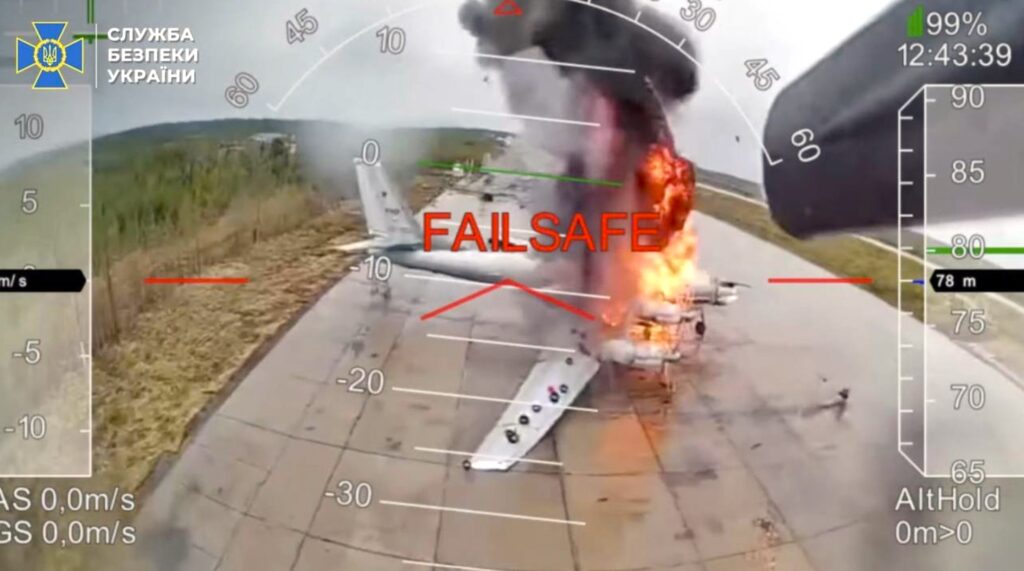
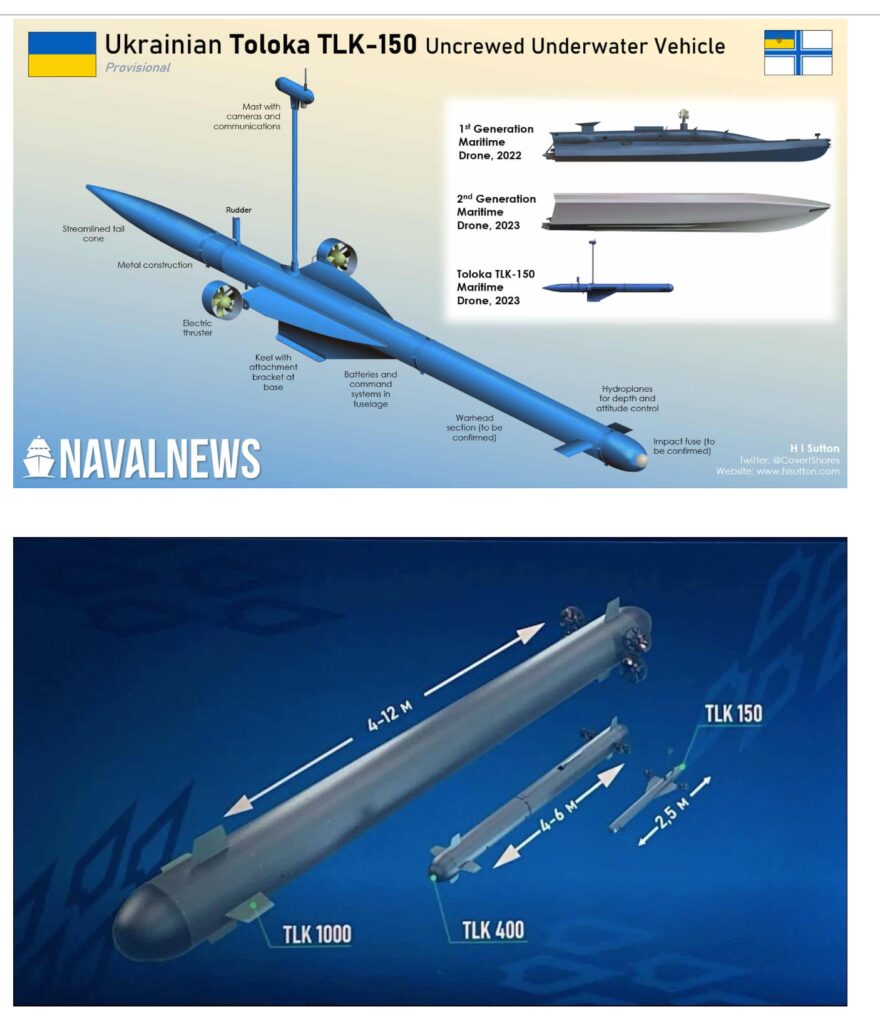
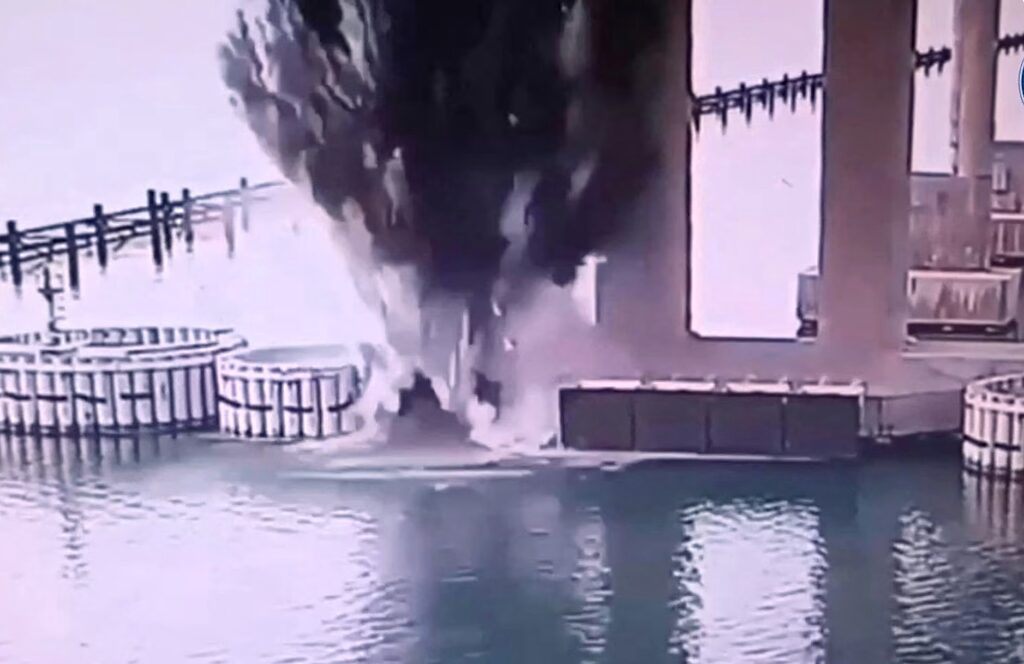
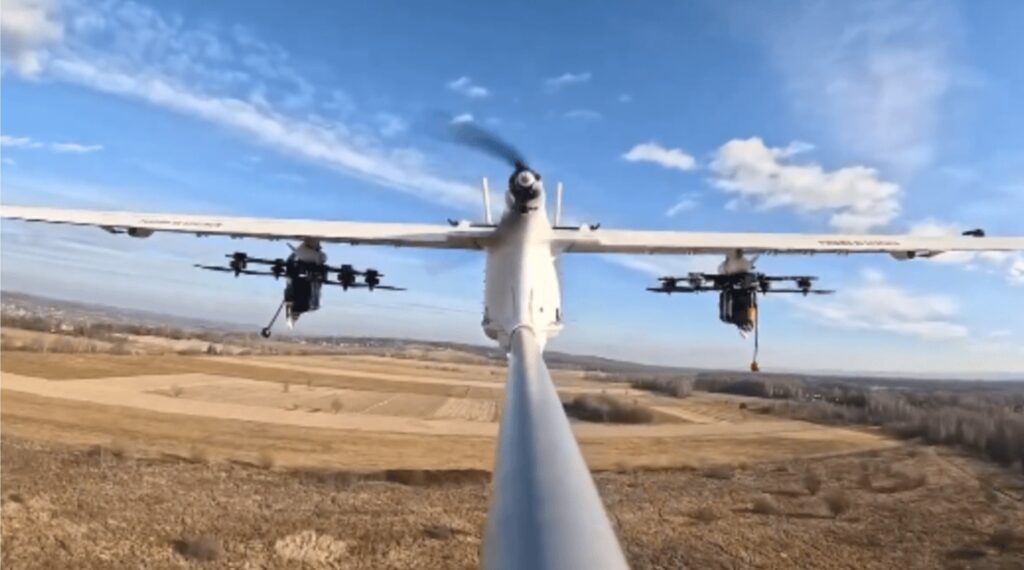
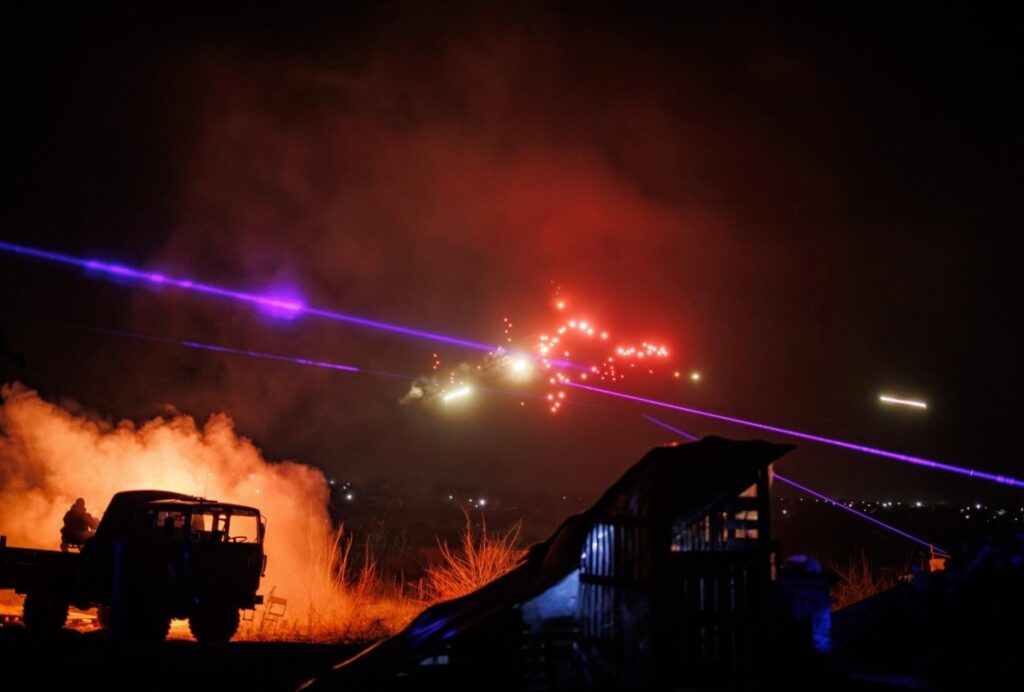

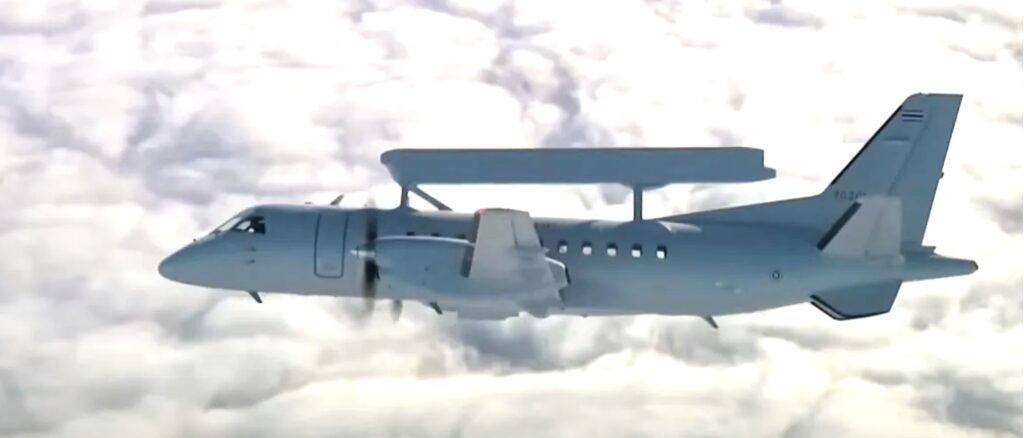

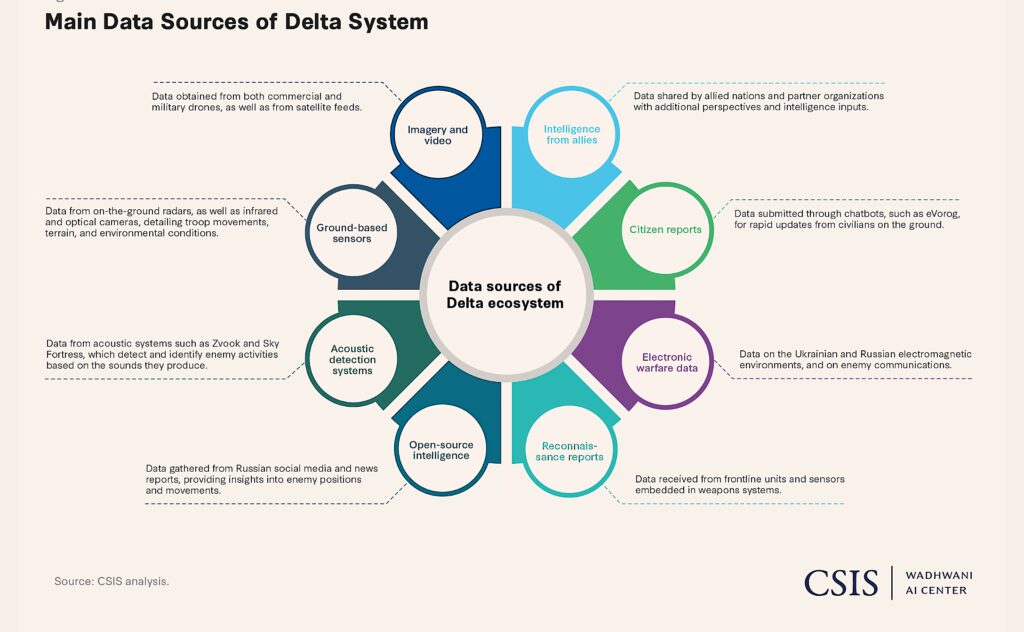
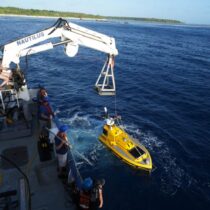
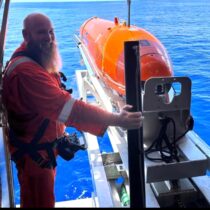




































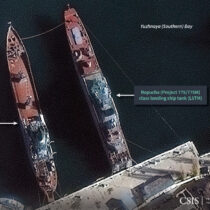












Comments are closed.